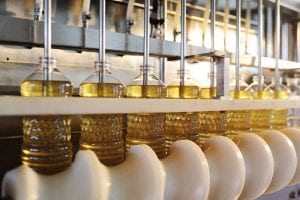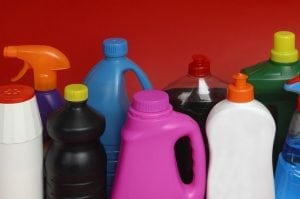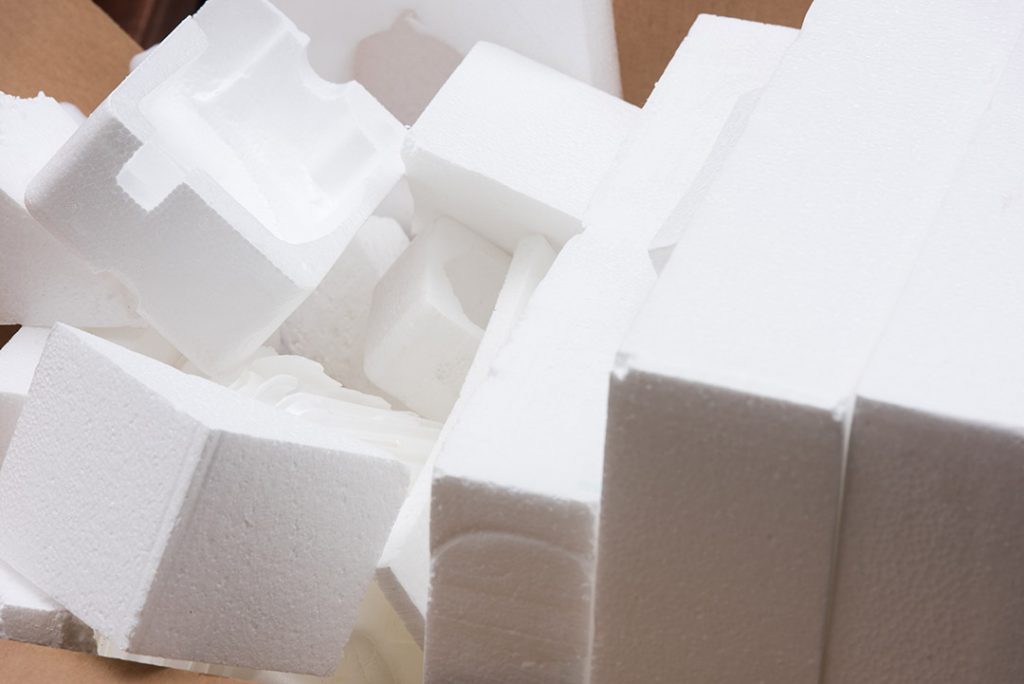 To be marketed as “recyclable,” which criteria should a product or packaging have to meet? Two major plastics recycling groups have announced the four conditions they believe should be met.
To be marketed as “recyclable,” which criteria should a product or packaging have to meet? Two major plastics recycling groups have announced the four conditions they believe should be met.

 To be marketed as “recyclable,” which criteria should a product or packaging have to meet? Two major plastics recycling groups have announced the four conditions they believe should be met.
To be marketed as “recyclable,” which criteria should a product or packaging have to meet? Two major plastics recycling groups have announced the four conditions they believe should be met.
 A Michigan man who sold plastic crates for recycling instead of delivering them for reuse has pleaded guilty to federal felony charges.
A Michigan man who sold plastic crates for recycling instead of delivering them for reuse has pleaded guilty to federal felony charges.
 Sellers are seeing higher prices for recovered PET, HDPE and PP bales, according to the latest markets analysis.
Sellers are seeing higher prices for recovered PET, HDPE and PP bales, according to the latest markets analysis.
 Readers last month were drawn to stories about Southeast Asia’s import restrictions, PP and flexible packaging recovery efforts, and a recap of a major industry meeting.
Readers last month were drawn to stories about Southeast Asia’s import restrictions, PP and flexible packaging recovery efforts, and a recap of a major industry meeting.
As a nation, we’re doing a pretty good job collecting plastic bags and wraps for recycling. But we need to do a much better job creating demand for this recycled plastic film.
 Tariffs have taken effect on machinery, components and billions of dollars of additional products imported into the U.S. from China.
Tariffs have taken effect on machinery, components and billions of dollars of additional products imported into the U.S. from China.
 As many in the industry take a breather around Independence Day this week, we thought the time was right to look at the developments that have most caught the attention of readers thus far this year.
As many in the industry take a breather around Independence Day this week, we thought the time was right to look at the developments that have most caught the attention of readers thus far this year.
 A European plastics recycling group has released an online tool to help packaging designers ensure their products are recyclable.
A European plastics recycling group has released an online tool to help packaging designers ensure their products are recyclable.
 The Closed Loop Fund will provide millions of dollars to help scale up a PP recycling technology in Ohio.
The Closed Loop Fund will provide millions of dollars to help scale up a PP recycling technology in Ohio.

A Canadian company that recycle EPS via a dissolution process has raised millions of dollars to help it scale up.
